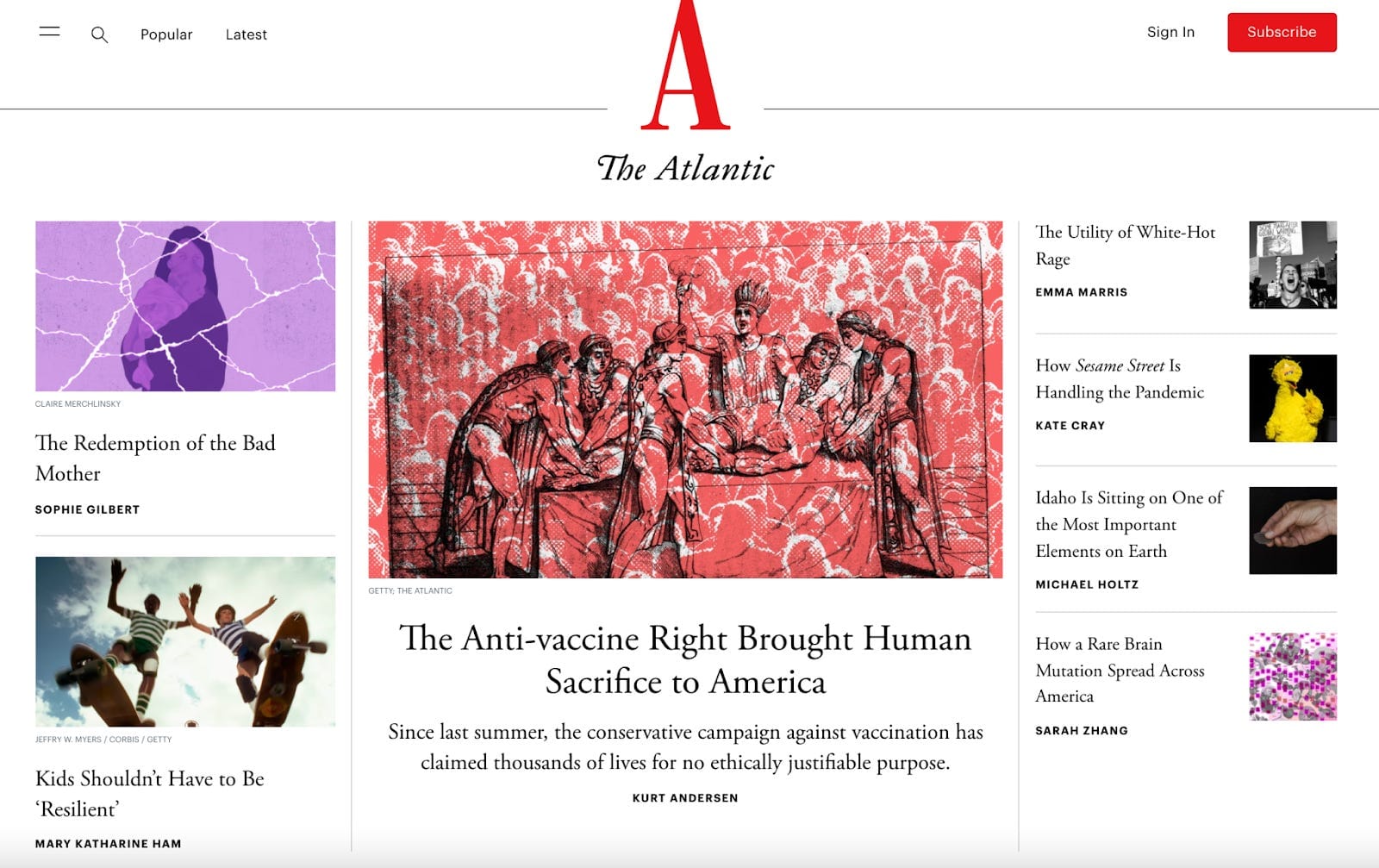The return to scarcity
Value beats volume

Gen X is the last generation ever to have feral childhoods, often spent outside, as far as our bikes could take us and entertained with a limited number of records, magazines, FM radio stations and a handful of broadcast channels. Much of life revolved around scarcity, not food or fuel shortages, but the simple reality of a limited amount of options. I can’t imagine many kids with unlimited access to Fortnite, Roblox and porn spend much time hunting around the woods for a perfect stick.
I’m not one for nostalgia. I don’t particularly want to return to a time when we had no idea where we were going, ended childhood relationships if a friend moved 15 minutes away and were not consulted much for our views. The internet upended societies in profound ways we’re only now coming to terms with, but one of the most important is that we’ve moved from a life of scarcity to one of abundance – and it’s quite clearly breaking a lot of people. Binging, like drugs, is fun in the beginning but becomes a drag later on.
I’ve long thought the type of deep jet lag that results from flying across the world is our body’s way of telling us traveling across several time zones on a regular basis isn’t natural. After all, humans existed for thousands of years mostly just staying put. I also don’t think our brains, at least those of us who grew up analog except for Atari, are meant for the sheer overabundance of information and entertainment options we now have. The internet didn’t alleviate scarcity; it obliterated scarcity, and along with it perhaps our brains. Covid just accelerated the warping. Doomscrolling was an inevitable end result, feeding a weird urge to mainline negativity. Visiting a popular news site like The Atlantic these days is a bracing experience more akin to an orientation session for the apocalypse.

The risk for news publishers is this kind of negativity bias is effective in the short term by preaching to the choir of those who believe the “worst is still to come” in the pandemic, while alienating the pragmatic majority ready to adapt to endemic Covid and a semblance of normal life.
According to the Reuters Digital News Report, the percentage of Americans who said they paid for news rose from 9% in 2016 to 20% in 2020 and has flatlined in the past year. The Trump Slump is likely a lasting phenomenon as a good portion of the country tunes out “mainstream” news entirely. According to Reuters, the percentage of Republicans “extremely interested” in news dropped from 74% in 2020 to 57% in 2021. Of all the countries listed in the Reuters report, the U.S. ranked dead last in trust with just 29% trusting news “most of the time.”
It’s no surprise that The New York Times paid a high premium for The Athletic and is aggressively expanding into games as it hunts for new subscribers.
The newfound nostalgia for the early 2000s internet – Tumblr is back! – is a classic case of remembering a simpler time when the internet was weirder, more random and less overwhelming, certainly less harrowing. Serendipity existed. The internet, at least how we remember it back then, was less adversarial, less optimized, less algorithmically organized – and there seemed to be just less of it.




